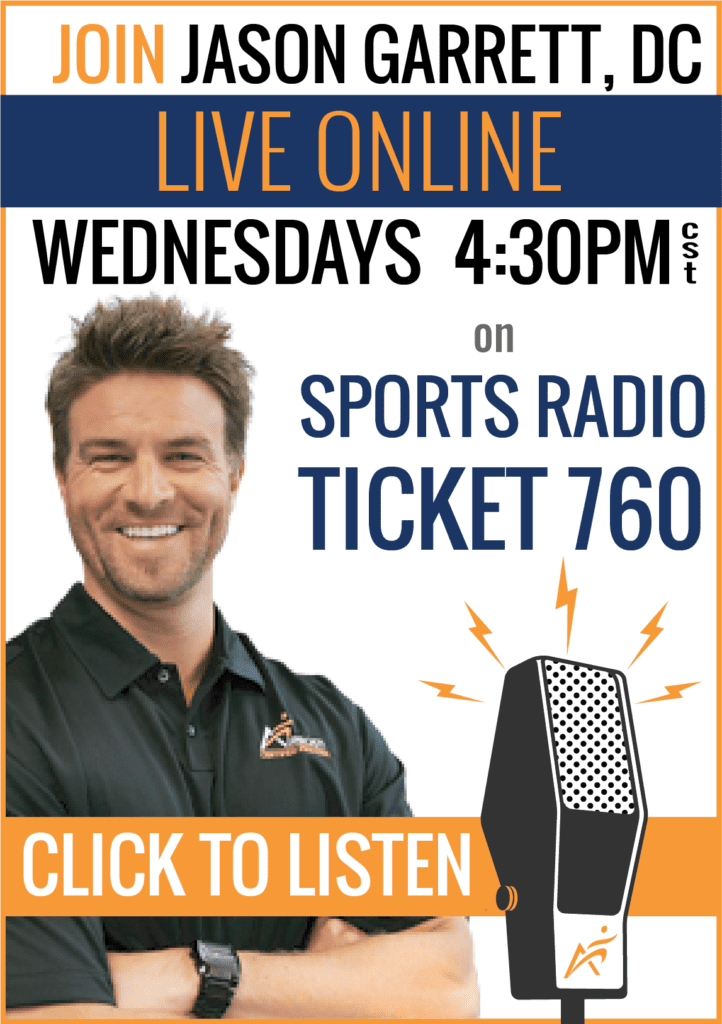There are over 600 muscles in the human body. These various muscles are pivotal in movement, stability, posture, and other bodily functions or responses. Unfortunately, muscles can become injured or strained for a variety of reasons, such as overuse, tightness, or muscular imbalances.
In the case of adductor strains (also known as groin strains or groin pulls), there are five muscles that are commonly affected. Understanding the functions of these muscles, and how they can be affected, is important if you suspect you have an adductor strain. Continue reading to learn more about your adductor muscles!
Adductor Strain Muscles and Their Functions
The five muscles involved with groin strains all play a part in the lower body’s adduction, stabilization, and balance. These include the adductor muscles (sometimes confused as the abductor muscles) and the gracilis and pectineus muscles.

1. Adductor Longus, Brevis, & Magnus
The adductor longus is a long, triangular muscle that originates from the pubic bone and inserts onto the middle portion of the femur (thigh bone). It is the most anterior and superficial muscle of the adductor group. The adductor longus primarily functions in hip adduction, bringing the thigh towards the midline of the body. It also assists in hip flexion and contributes to the stability of the hip joint and pelvis.
The adductor brevis lies deep to the adductor longus. It has a similar origin from the pubic bone but has a shorter and broader structure. The adductor brevis inserts onto the femur, just below the insertion of the adductor longus. Like the adductor longus, it plays a key role in hip adduction, contributing to movements that bring the thigh towards the midline of the body. The adductor brevis also aids in hip stabilization.
The adductor magnus is the largest and most complex muscle of the adductor group. It has a broad origin that extends from the ischium (part of the pelvis) and inserts along the femur. The adductor magnus has two distinct parts: the adductor portion and the hamstring portion. The adductor portion contributes to hip adduction and assists in hip extension, while the hamstring portion assists in knee flexion. It also plays a significant role in stabilizing the hip joint.

2. Gracilis
The gracilis muscle is a long, thin muscle located in the inner thigh. It originates from the pubic bone and attaches to the inner side of the tibia, just below the knee joint. Its main functions include hip adduction (bringing the thigh towards the midline of the body), hip flexion, knee flexion, and medial rotation of the knee.
The gracilis muscle is susceptible to strain when it is subjected to excessive or repetitive stress. Factors that can increase the risk of strain include sudden, forceful movements, inadequate warm-up or stretching, muscular imbalances, and overuse without proper rest. Athletes involved in sports requiring quick changes of direction, such as soccer or basketball, are particularly prone to gracilis strains.

3. Pectineus
The pectineus is a small, flat muscle located in the upper inner thigh, deep within the hip region. It originates from the front of the pubic bone and extends downward to attach to the upper part of the femur, or thigh bone. The pectineus muscle is often considered part of the hip adductor muscle group, although it has additional functions beyond hip adduction.
The pectineus muscle plays a role in various movements. It assists in hip adduction, helping to bring the thigh towards the midline of the body. Additionally, it aids in hip flexion, contributing to the forward movement of the leg. The pectineus muscle also assists in hip internal rotation, allowing the leg to turn inward.
Because the muscles are involved in the movement of the legs, they can be highly susceptible to strain or injury. Adductor strains are often seen in athletes who participate in sports such as soccer, basketball, or even martial arts. Even running, falling, or sudden changes of direction or movement can result in a groin pull.
Airrosti Can Help Alleviate Adductor Strains
Adductor strains, although seemingly common, should not be taken lightly. These injuries can have a significant impact on your daily life and physical activities. Understanding the muscles involved in adductor strains and the consequences of leaving them untreated highlights the importance of seeking proper treatment and care.
If you’re currently dealing with the pain and limitations of an adductor strain, don’t let it hold you back any longer. At Airrosti, our Providers specialize in providing effective and personalized treatment for adductor strains. Through hands-on manual therapy techniques and targeted exercises, Airrosti aims to address the root cause of your adductor strain, accelerate your recovery, and prevent future injuries. Your Provider will conduct a thorough evaluation, create a personalized treatment plan, as well as give you resources and tools to continue your recovery at home.
Don’t wait for the pain to worsen or your injury to become chronic. Schedule an appointment with one of our skilled Airrosti Providers, either in clinic or virtually, and take the first step towards a pain-free and active lifestyle.
Call us at (800) 404-6050 for more information.









